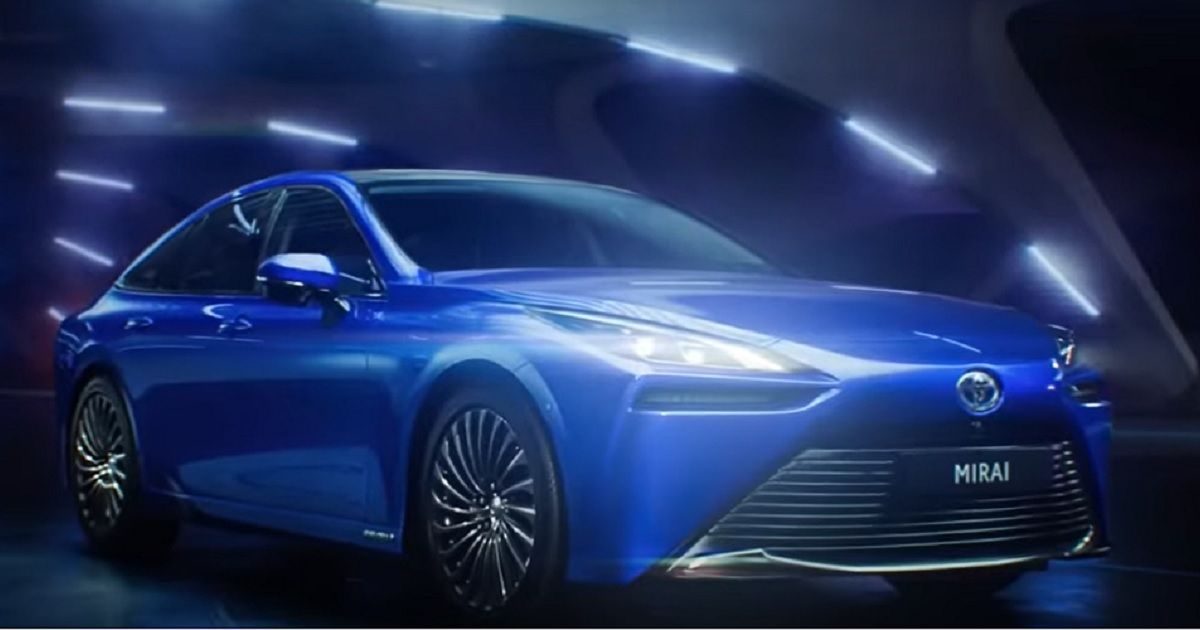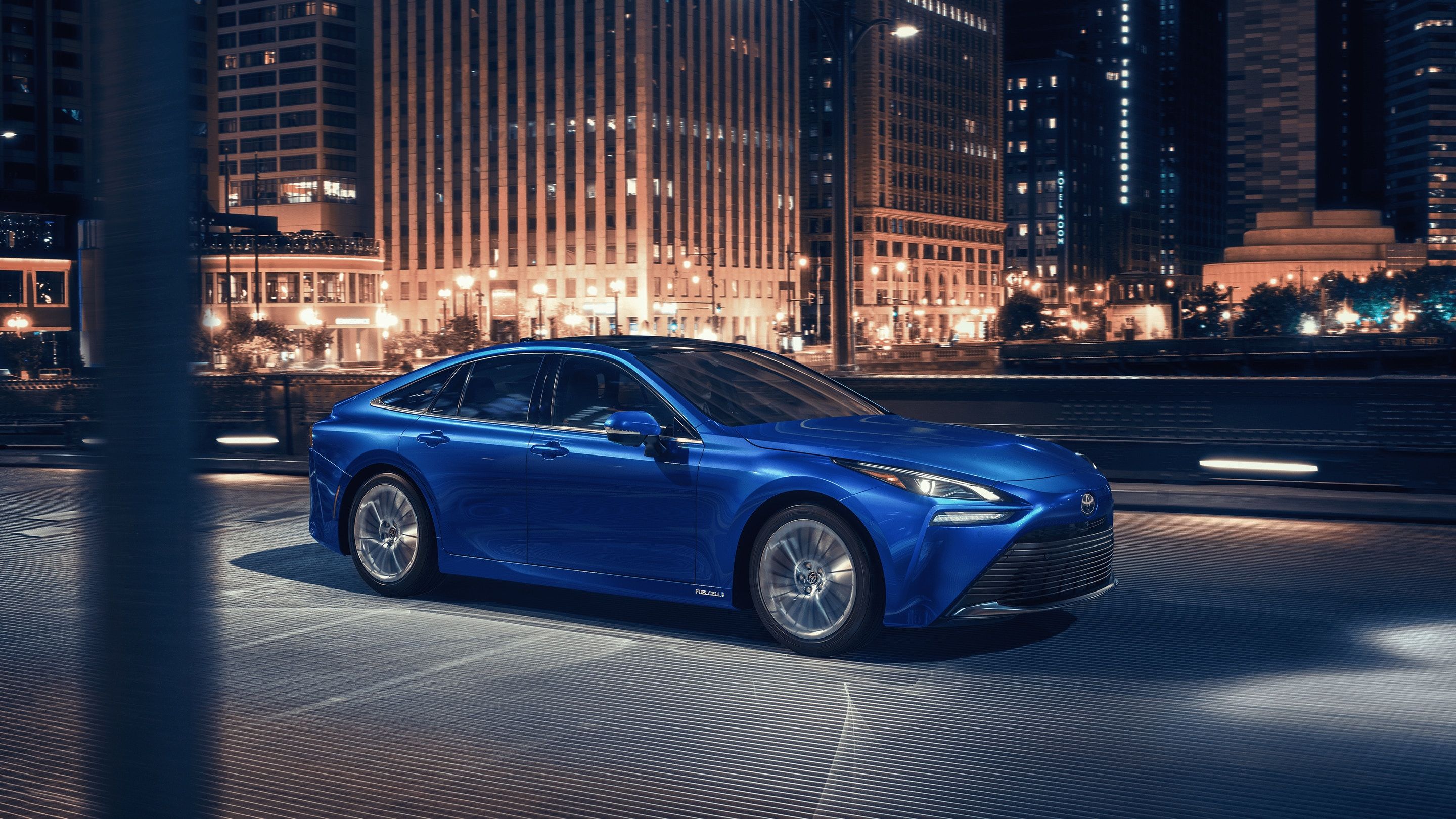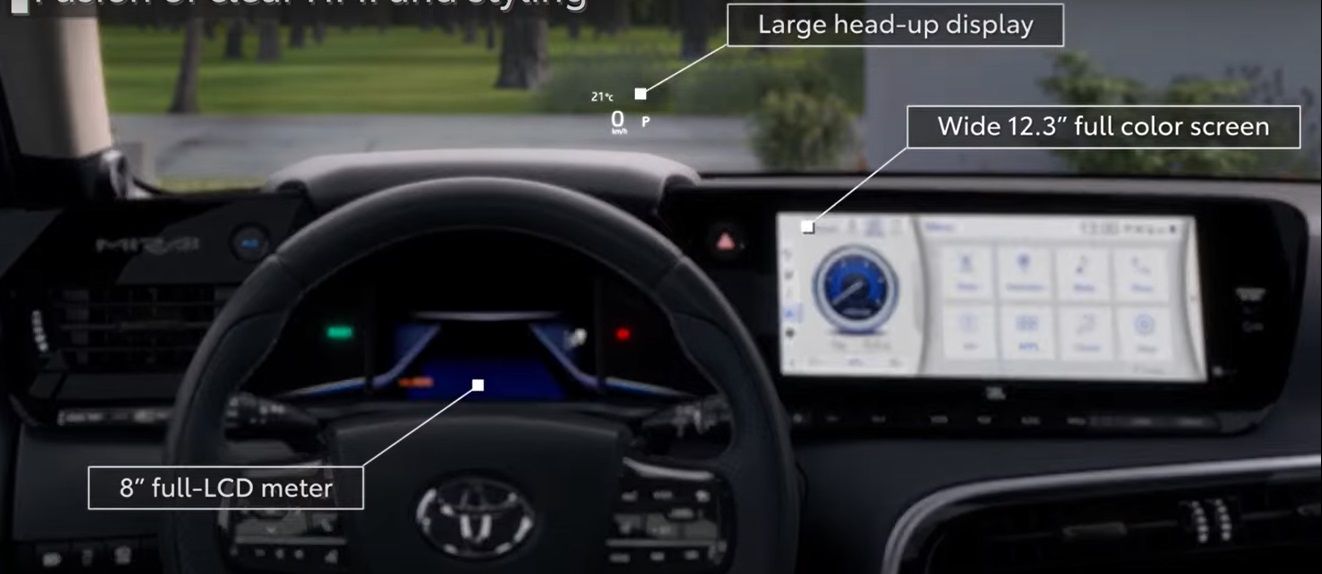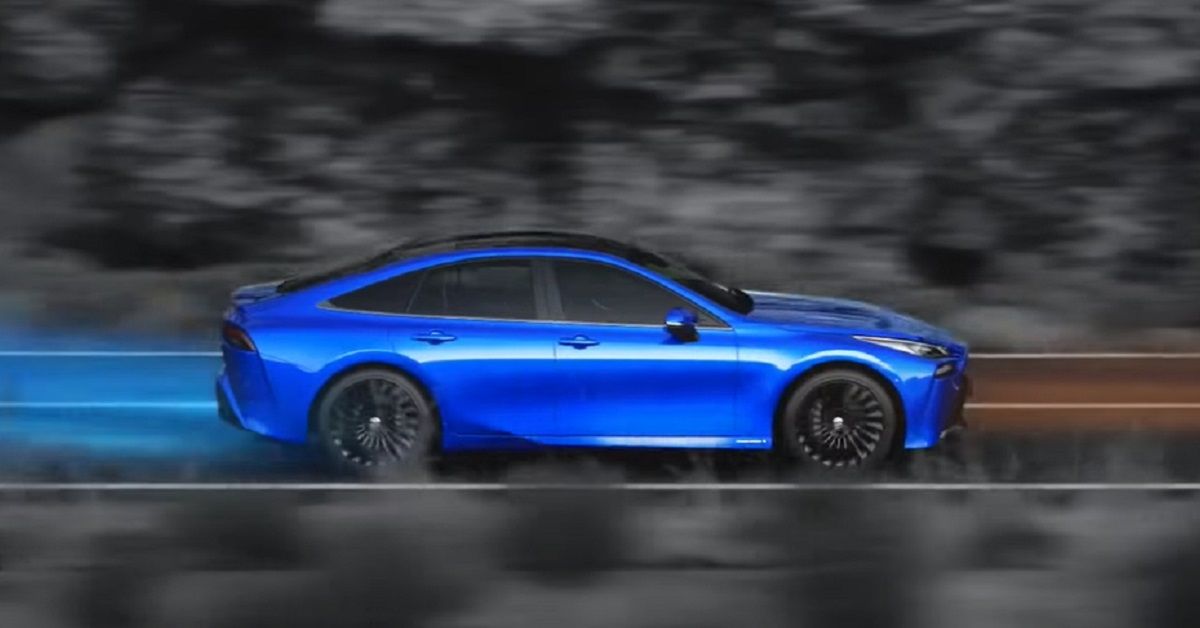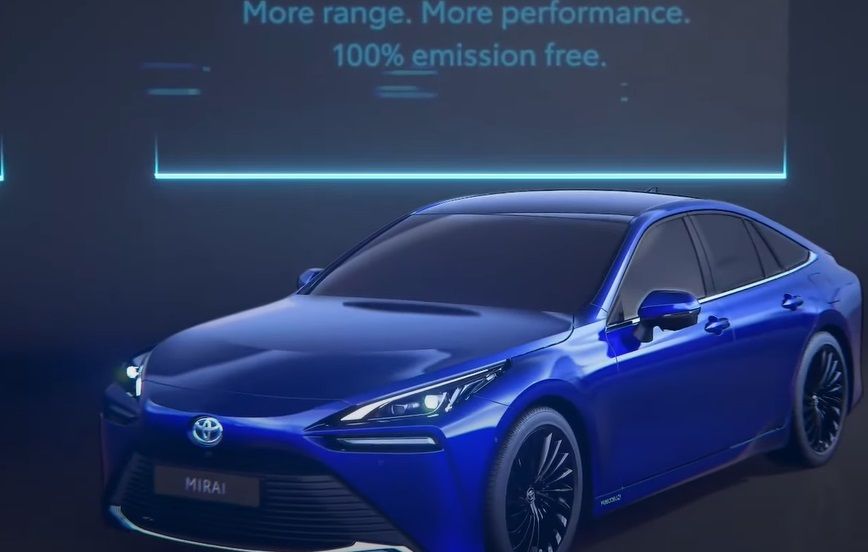In today's world, electric cars are beginning a rise to potential dominance. In fact, by 2025, 20% of all new cars sold globally will be electric, according to the latest forecast by investment bank UBS. However, the rise of fuel cell electric vehicles (FCEVs) seems to be inevitable as well.
Dubbed ‘the vehicle of the future,' fuel cell electric vehicles use a chemical process known as electrolysis that strips hydrogen atoms of its electrons to generate electricity and power a vehicle's motor—efficiency at its best.
Toyota’s vision for a future of hydrogen-powered automobiles can be seen with their recent breakthroughs and achievement in creating a luxury fuel cell electric vehicle, namely the 2022 Toyota Mirai.
The futuristic luxury sedan is Toyota's second hydrogen power cell vehicle to hit the assembly lines after the first-gen Toyota Mirai debuted back in 2014.
The second-generation 2022 Toyota Mirai offers a more slick design with a futuristic aura and is way more appealing when compared to its predecessor, which oddly resembles the Toyota Prius. In Japanese, the word Mirai means ‘future’, and this was clearly the incentive for the engineers at Toyota while building this hydrogen-powered vehicle.
So, let's now take a closer look at the 2022 Toyota Mirai and discuss what we know so far.
Performance Of The 2022 Toyota Mirai
Essentially a chemical laboratory on wheels, the 2nd generation Toyota Mirai has a motor that packs 182 HP. These horses are channeled through a one-speed direct-drive transmission. The Mirai also offers a slightly more powerful fuel-cell powertrain and a premium rear-wheel-drive train which is a significant advancement compared to its 1st generation predecessor.
The hydrogen-powered car covers 0-60 MPH in a lazy 9.1 seconds, not really the fastest but it offers quite an impressive mile range to compensate. The 2nd generation Mirai is capable of driving 402 miles on a full tank of hydrogen. It also set the world record for the longest distance traveled on hydrogen; the fuel-cell-powered car traversed the equivalent of 3.62-liter/62 mile on a trip through France on a single fill.
Interior
The 2022 Toyota Mirai boasts a stylish high-end cabin to match its neat exterior. On a smooth dashboard sits a futuristic 8-inch digital gauge cluster and a 12.3-inch touchscreen display with a 14-speaker JBL audio system in a layout fully optimized for easy operation.
With all that and heated, synthetic leather front and rear seats, the 2022 Mirai holds the potential to shape the future of luxury hydrogen-powered fuel cell vehicles.
The fuel cell EV also features a color head-up display (HUD), that allows you to keep your eyes on the road as much as possible by projecting information within your line of sight on the windshield. It also has a multi-information display offering all the information you need relating to driving mode, fuel efficiency, safety alerts and more, making it effortless for the driver to take in tons of information at a glance.
Another interesting feature of the Mirai’s cabin is the H2O button on the dashboard. The button allows you to dump the water produced as a by-product of the chemical reaction that powers the motor. The water is dumped out of the vehicle’s tailpipe—nothing you’d expect to see on a normal dash.
Intriguingly, the Mirai’s rearview mirror happens to be digital and can be switched to project a camera on the back of the vehicle, clearing your direction of sight and allowing you to zoom in and out of the view behind your Mirai.
The Mirai’s cabin features ambient lighting and a panoramic sunroof. On the armrest of the rear seat hides a touchscreen control panel that grants the passenger access to three-zone climate control, rear seat heating and control over the rear sun-shade complementing the luxurious nature of this vehicle even more.
Toyota Mirai Driving Experience And Efficiency
On the road, the Mirai spectacularly demonstrates its sporty demeanor with a rear-wheel drivetrain. The repackaged powertrain allowed the addition of a third hydrogen fuel tank to be added, contributing to the car's outstanding driving range; the Mirai’s biggest flex. Revised gearing also means torque is increased for the 2022 Mirai, making it a beast when compared to its first-generation predecessor.
The Mirai is also equipped with a bird’s eye camera with a perimeter scan that allows you to check the vehicle’s surroundings for hazards. The camera uses four sensors, with two on each side of the vehicle and displays a simulated overhead view of the outside of the car. Very efficient when squeezing into tight spots.
Toyota's vision for a hydrogen sustainable society recognizes the importance of hydrogen as a viable source of energy. Hydrogen has the potential to deliver mobility with a zero carbon footprint and is also an efficient means of storing renewable energy that we know how to safely transport.
In accordance with the Paris agreement, vehicle manufacturers will sooner or later have to switch to EV and FCEV production in order to reach a zero carbon world. This will encourage the growth of hydrogen infrastructure globally. Toyota couldn't have set the pace any better than with this luxury fuel cell sedan.
2022 Toyota Mirai Pricing
The 2022 Toyota Mirai comes in two models; the Limited and the XLE. The XLE starts at $49,500, and the Limited starts at $66,000, being the fancier of the two. Both trims are available for pre-order on the company website. The Limited comes with additional features such as a color head-up display (HUD), bird's eye view camera with perimeter scan, and perforated softex trimmed-heated front and rear seats at the extra cost of $16,500 for the maximum potential of the Mirai.
The bottom line is that the 2022 second-generation Mirai marks Toyota’s greatest achievement yet in the spectrum of non-combustion automobiles. But due to the scarcity of hydrogen infrastructure, fuel cell electric vehicle sales might take quite a while to scale.

